As an Amazon Associate I earn from qualifying purchases.
Harvesting elderberries is a rite of summer or early autumn for people all over the United States, Canada and Europe. Here are some tips and tricks for harvesting elderberries when it’s elderberry season near you.

First off, I am talking about black or blue elderberries, which are Sambucus nigra, which has several subspecies. I don’t like red elderberries, which are S. racemosa, but some people do. This article doesn’t cover them.
Second, I am talking about ripe berries, not elderflowers, which come earlier in spring. If that’s what you’re looking for, I have recipes for elderflower cordial, elderflower fritters and elderflower liqueur elsewhere on this site.
Finding Elderberries
Most of the 5o states, as well as parts of Mexico and Canada, as well as all of Europe have elderberries. This guide from the USDA should get you started on finding elderberries.
Elderberries like to live near water, but not be wet. I find them near rivers a lot, on well watered mountainsides, even in large hedgerows in places like France and England. They are a large bush or sometimes a small tree — there’s a 20-foot tree living near my home in Folsom, California.
The berries are on large bunches, and will often droop down when they are getting ripe. I’ve never seen elderberry season start before May, even in Florida, although in recent years things have been ripening earlier and earlier.
In most places, elderberries don’t come ripe until September, but in the South and Southern California they can ripen as early as May, and here in NorCal we start getting ripe elderberries in late June. Elderberry season starts in earnest in the Sierra Nevada in September, as you get higher in altitude.
So depending on where you go, you can get ripe elderberries from May until November.
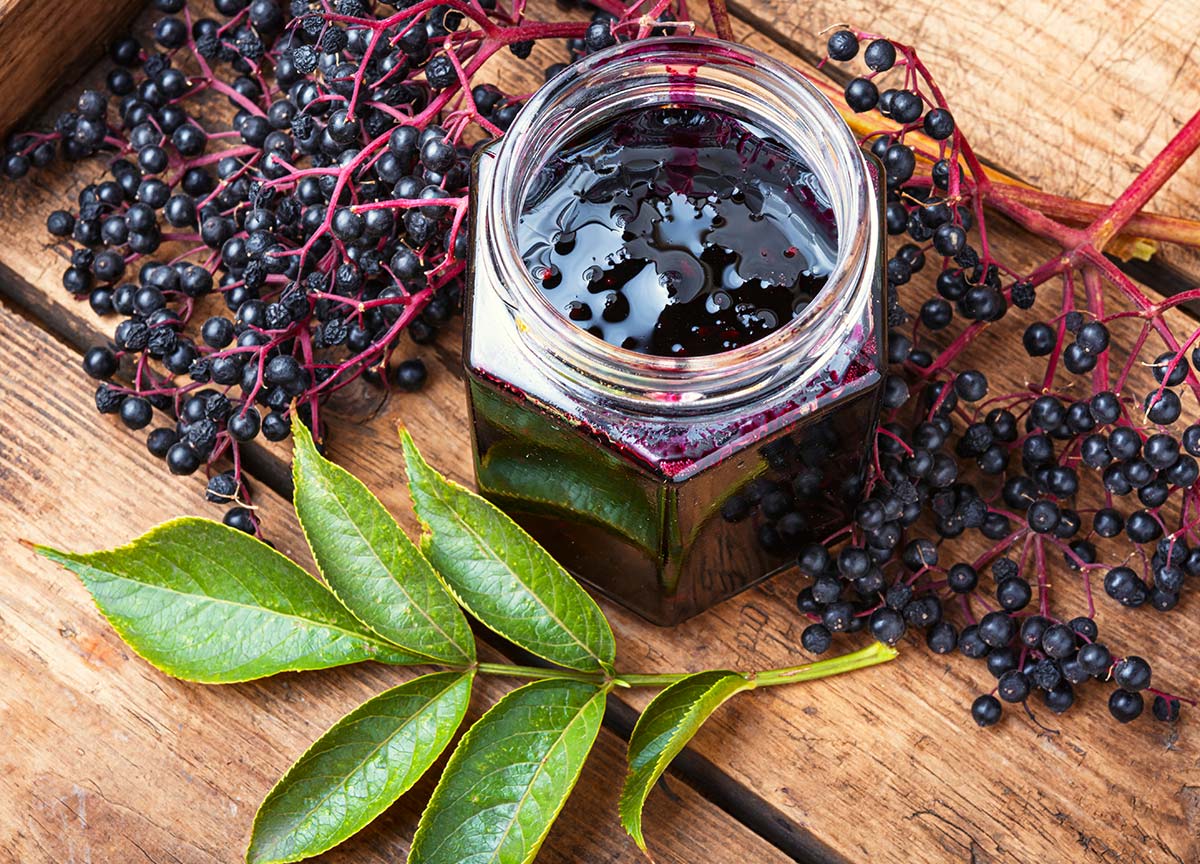
This photo shows elderberry leaves really nicely, as well as the ripe berries. Note the red stems. This is key. Harvesting elderberries before they are fully ripe will give you problems when it comes time to remove them from the stems. Ask me how I know. These are still unripe:
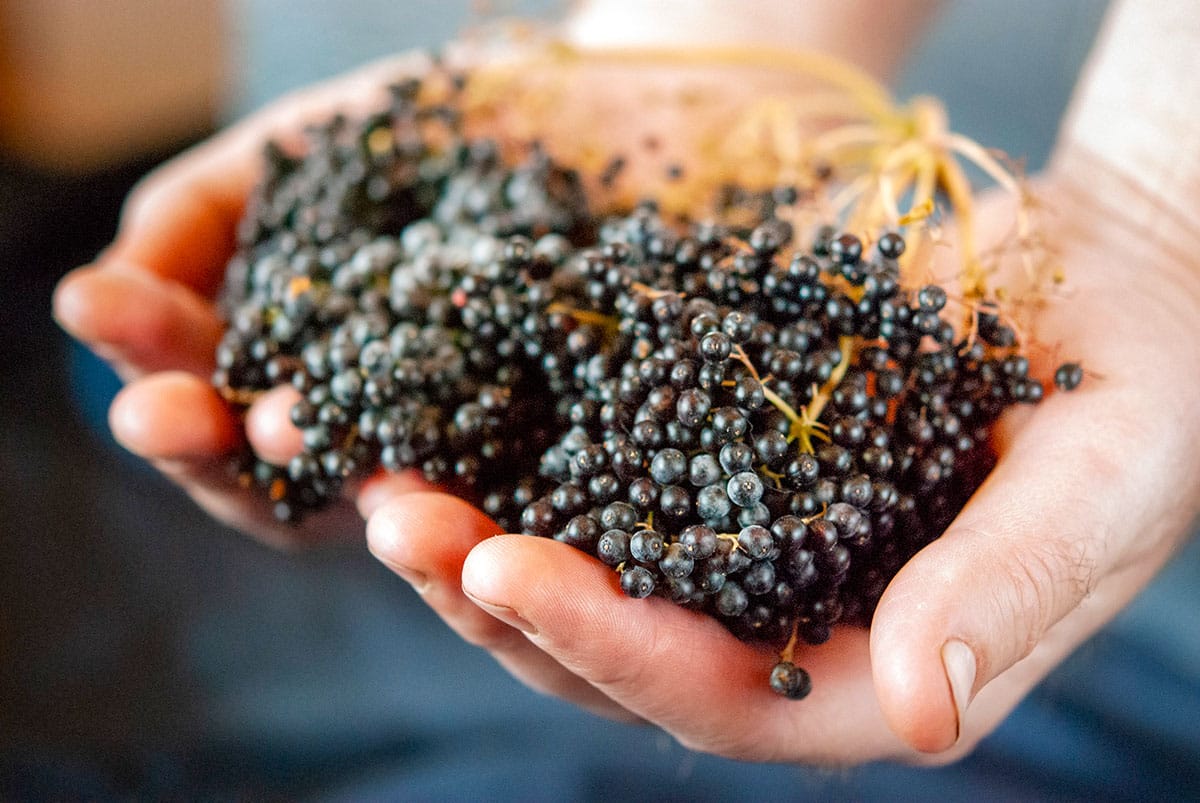
See the green stems? Yeah, they were a bear to get off the stem.
Harvesting Elderberries
The secret to elderberries, it seems, is that they are a rolling bush: Parts of some bushes are still in flower while the berries below have already ripened. Even when I picked my stash of elderflowers in May there were green berries on some.
Incidentally, you should know that the stems and unripe berries are toxic — not horribly so, but you want to minimize them in any elderberry recipe — and some people get an upset stomach eating raw elderberries. I do not, but some I know to.
Beware, slackers! Ripe elderberries are sweet — sweet enough that the deer like them very much. We saw a lot of nibbled-off spots on the bushes while harvesting elderberries in summer. By September I suspect the only remaining elderberries will be too high for the deer to get; and then you need to worry about birds.
I use a knife or scissors to cut off the bunches, collecting them in a paper grocery bag. Gather several bags, so you have plenty to work with.
Once you get your elderberries you need to take the berries off the stem, which can take some time.
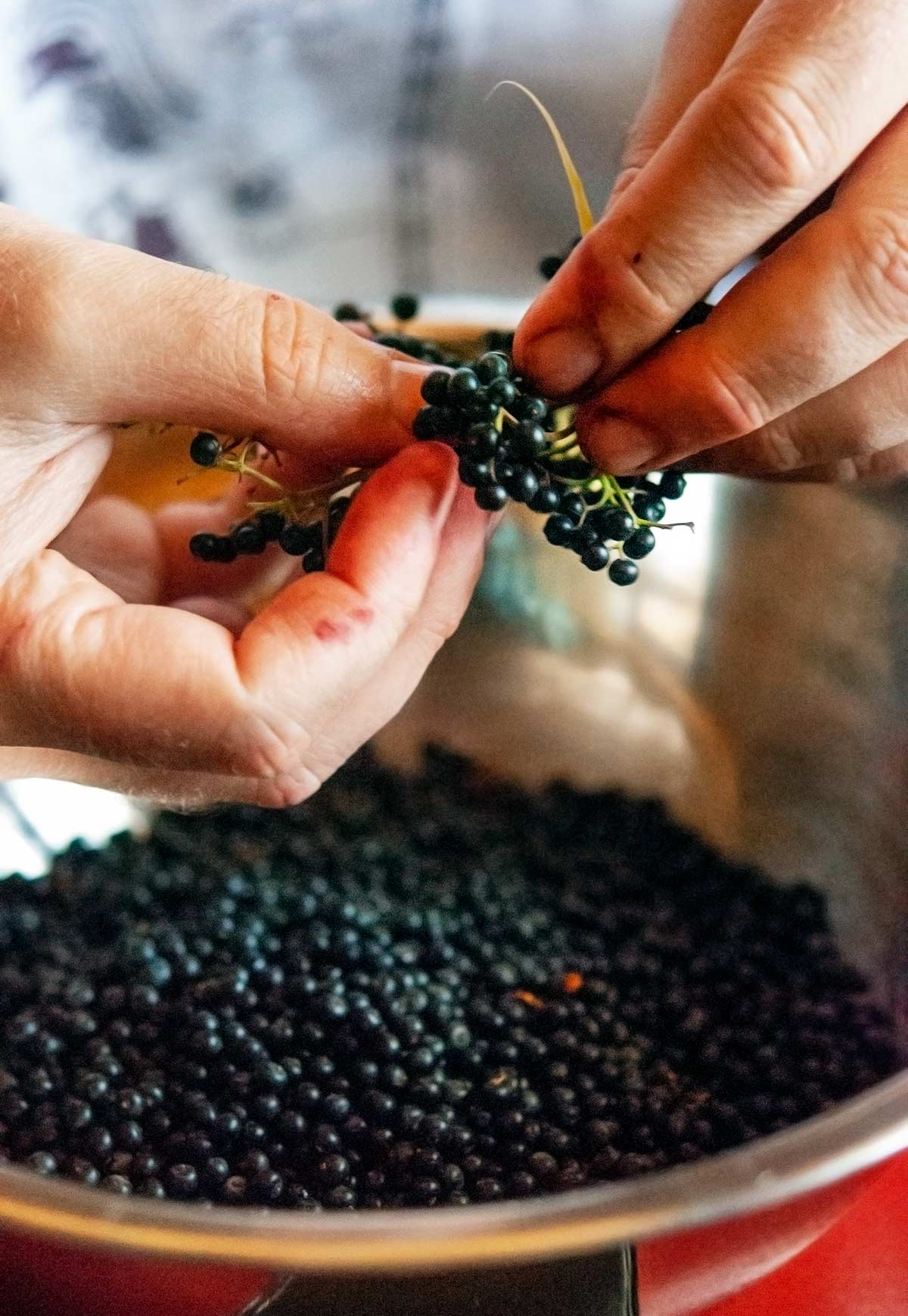
This is the least fun part of dealing with elderberries, but it needs to be done: The stems and leaves of the plant are toxic, and definitely bitter. You need to be patient and have a light hand, however, as the berries are fragile. Work with small portions of each cluster at a time, and gently rake your half-open hand over the berries, letting them fall into a bowl set beneath you.
Again, let me stress the word “gentle.” Unripe berries hold onto the stem, ripe ones fall off easily. And you don’t want to eat unripe berries.
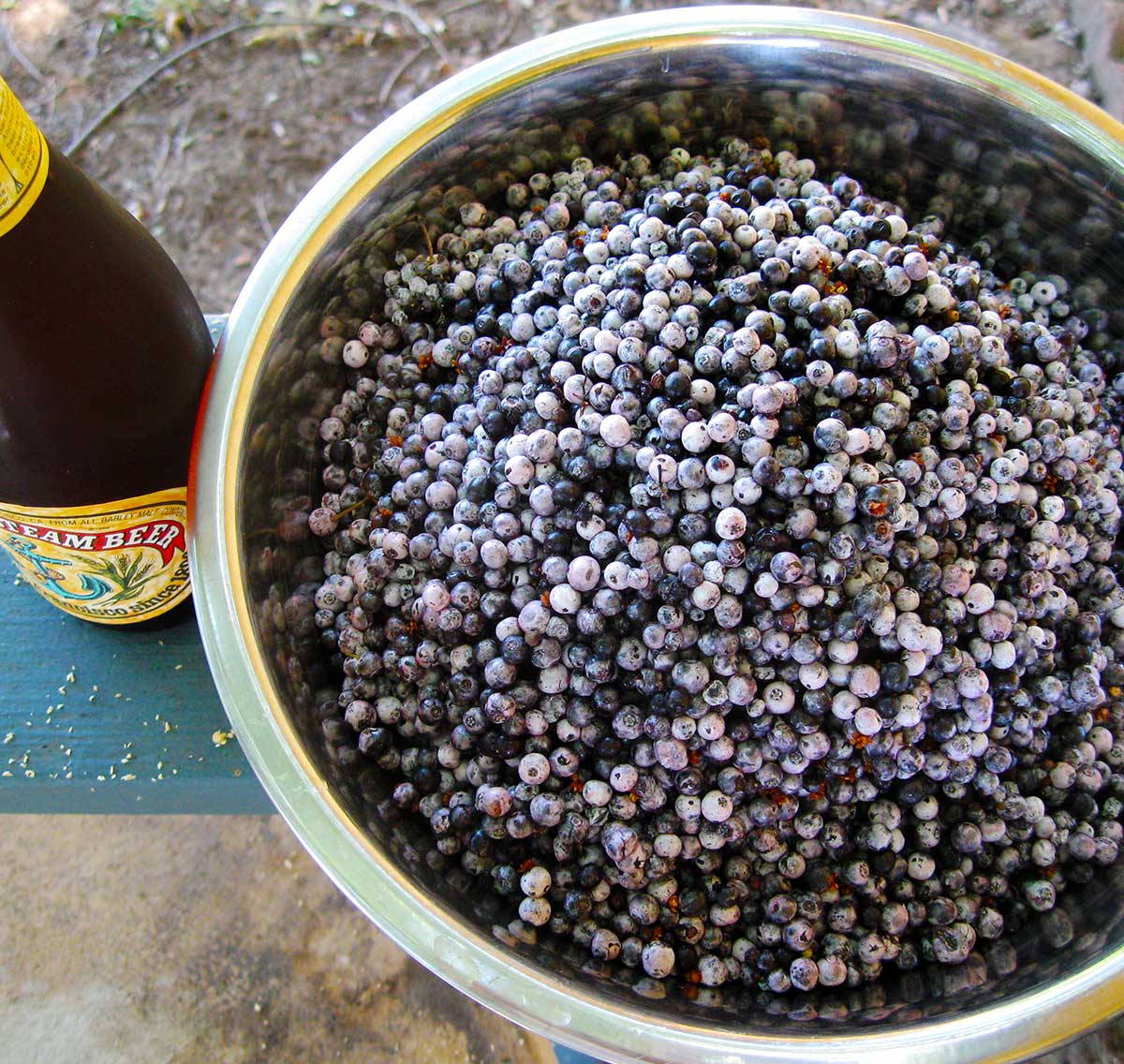
Cooking with Elderberries
What to do with all these berries? Admire them, to start. Poured into a large, flat Tupperware, they look like $10,000 worth of caviar: Shiny, tiny black orbs. So pretty! Dip your face close, and you will get the unmistakable aroma of winegrapes.
It was at this moment I realized just how good these could be in the hands of a competent winemaker — only you’ll never find one working with elderberries in California, as this place heaps so much scorn on “fruit” wines that I can barely mention them in public. Tyranny of the Grape, I call it.
I make elderberry wine every couple years. To do it right you need a lot of berries. I reckon at least 3 pounds per gallon, and 5 pounds per gallon is better.
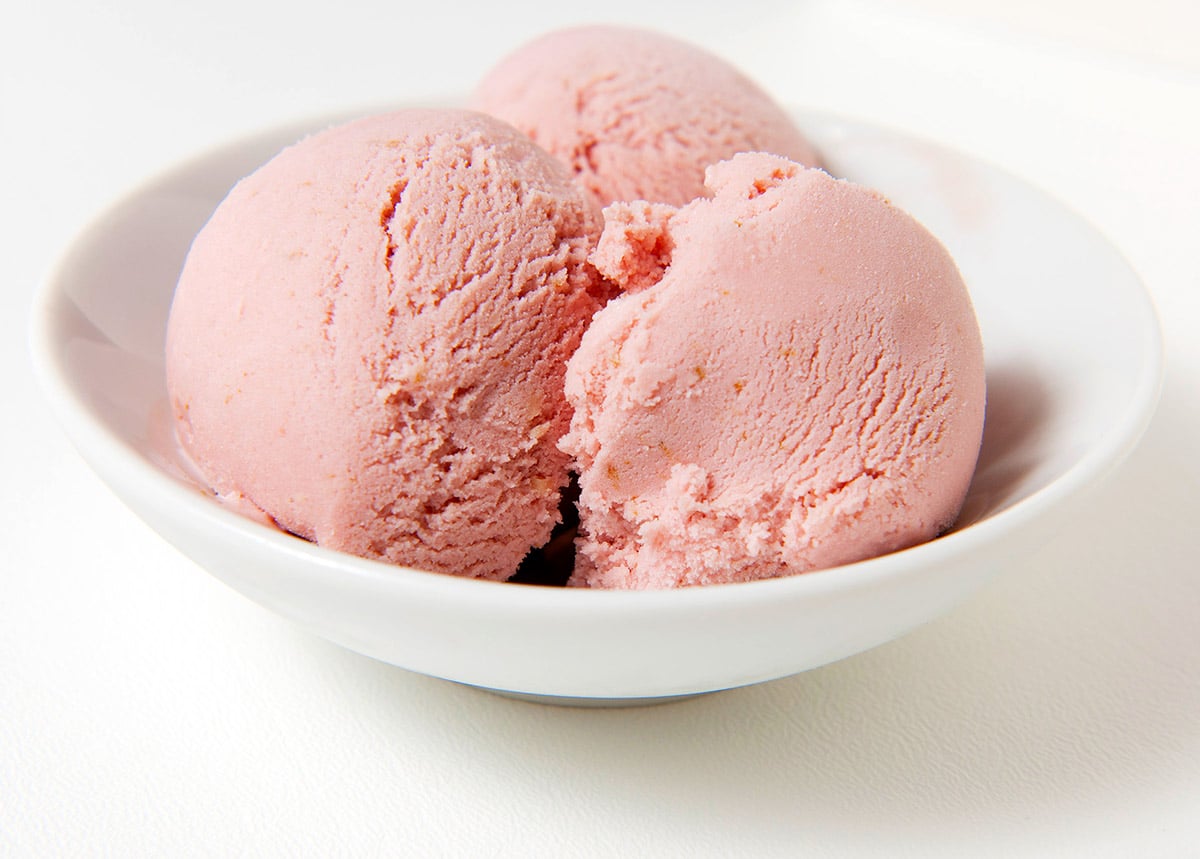
I also make elderberry liqueur with whole berries in vodka with lemon zest. It’s damn good with just a little bit of added sugar.
Elderberry syrup is a great base for the classic Cumberland sauce I make to go with wild game such as duck and venison. You can also use the syrup to make an Elderberry Ice Cream.
The British also make a curious condiment with elderberries called Pontack. It’s a little like a vinegary mashup between elderberry syrup and Worcestershire. It’s really good with venison and duck.
Preserving Elderberries
May favorite ways to preserve the harvest from elderberry season are the aforementioned syrup, wine, liqueur, and pontack. But after harvesting elderberries you can dehydrate them for another day. Set your dehydrator to 135°F for, well, a while. It takes up to 14 hours to get them leathery.
You can also pickle elderberries in a similar way to pickled blueberries.




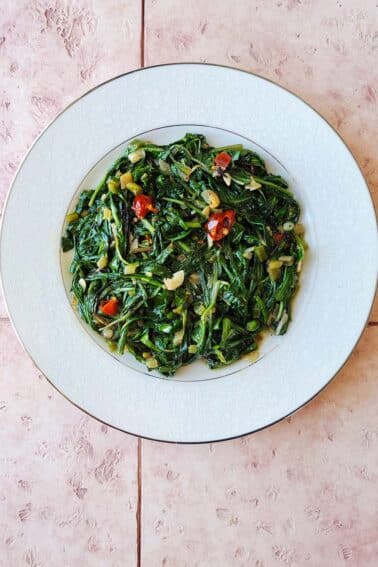

I have also found that if you freeze the berries on the stem, they can then be removed from the stem while frozen with minimal difficulty. There will still be a few fine stems to be removed, but the berries separate from the stems very easily.
I learned from an herbalist to freeze the clusters of elderberries on a sheet tray lined w/ wax paper, and while frozen, you can just roll them between your fingers/hands to break the berries from the stem. Works pretty well!
Is it ok to have little pieces of stems in the elderberries? I harvested lots and there are tiny pieces of stems. I am worried. First time I ever did anything like this
Dana: yes, it’s OK. Little pieces won’t hurt anything. Just do your best.
I made Elderberry jelly in 1980?81? We bought a house in Tennessee and the yard had a small elderberry bush. Our yard also had sumac shrubs in the yard. I had a book – Euell Gibbons, Stalking the Wild Asparragus which had a recipe for elderbery jelly (jam?) and made it. It was delicious! I have since planted my own elderberry bushes and have made more elderberry jelly with them. I no longer have the sumac but it would made a great addition!
I have plenty of freezer space. I briefly freeze the bags of berries on the stem. They come off the stems very easily.
The best way to de-stem the elderberries is to do so within a few hours of harvest. If the clusters of elderberries are allowed to sit until the following day before they’re de-stemmed the small stems will cling to the berries. I only harvest when I know I have time to de-stem the berries shortly afterward, and then the berries always easily pop off the stem clusters.
the berries come off easily with a fork
Where are the best places to find wild elderberries in California? I am originally from the Alps and use to pick elderberry in my home country, typically in September, doing jellies and syrups. I have been leaving in NorCal (SF Bay Area) for 20 years and I never found wild elderberry bushes.
Thanks for any tips.
Nicolas: They are all over the place. You might need to drive inland. I live near Sacramento and there are tons and tons of them here. On the coast you’ll only find red elderberry, which is not the same. They have just started to flower here (April 14).
Thank you for your info on elderberries. I’ve tinkered with them over the years, but this year, I’m taking it more seriously as I collected a huge batch of beautiful berries. Yesterday, I made chutney. I’m wondering if you have a recipe for elderberry liquer? You mentioned it above, but the link appears to be broken? Thank you!
The teeny eighth-quarter inch red stems simply persist. Is it safe to cook down with them and some stray green berries and strain it all out?
Arlene: yes, it is. But minimize the green berries and stems as best you can.
Hank, last year when I made my syrup, I got a sticky residue on the side of the kettle and on the Sauce Master food strainer. This had never happened before. Any thoughts on what may have caused it and how to prevent it? It is elderberry time in WI and I want to try and prevent that from happening again. It didn’t affect the syrup at all, just the equipment.
Thanks,
Steve Engelhardt
Steve: That happens a lot. It’s normal with Eastern elderberries, less so with Western ones. I can’t remember the compound in elderberries that does it, though.
Hi! I am trying my hand at elderberry syrup, mostly for the health benefits, for the first time. My Mom used to occasionally make elderberry jelly, when I was a kid, but I just recently found out about the anti-viral/immune boosting properties. Anyway, I haven’t made the syrup, yet, but we have harvested about 60 cups worth, with just one batch left to de-stem. My hubby discovered that gently rolling the bunches between the palms of the hands makes pretty quick work of them, with very little stem getting into the berries. We have an abundance of berries in our area in Washington State, and I will be taking advantage of them, from now on!
I made a batch of syrup and it had a few green berries in it. Should I throw it out.
Debbie: Nope. A few won’t hurt you. A lot of them might give you a stomach ache.
The best way to de-stem them is to throw them in a grocery bag, tie it shut and put them in the freezer. Then take them out frozen and working in small batches put them in a metal saucepan with a lid, hold onto it securely and shake it. That’s it. Metal works better than plastic. Freezing them first also makes them less fragile. Make sure they stay frozen or it won’t work!
I made elderberry juice, but my elderberries had a mix of ripe and unripe berries in it. I cooked it for 30 min. It is dark purple almost black in color. I plan to add 2 tsp. to my tea with honey. It tastes fine. Should I be concerned about it having unripe berries in it?
same thing happened to me. is it OK to drink even with unzipped Berries
I got a BUNCH of elderberries from someone (FREE) and they had been frozen, never cleaned nor were they de-stemmed. Any ideas on how to get them off without destrying them and ending up with stems in the fruit. (not only stems, but grass, stinkbugs and all.) Any assistance would be appreciated.